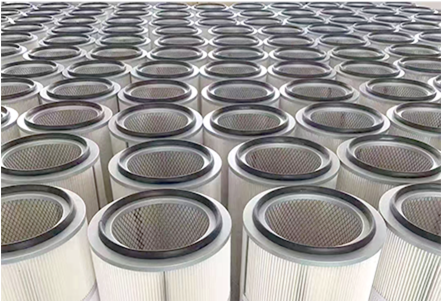 Tel:
+8615930870079
Tel:
+8615930870079
Déc . 03, 2024 15:53 Back to list
cartridge oil filter
The Importance of Cartridge Oil Filters in Engine Maintenance
Maintaining optimal engine performance is paramount for any vehicle owner, and one of the critical components in this maintenance is the oil filter. Specifically, cartridge oil filters have gained popularity due to their efficiency and effectiveness in keeping engine oil clean. This article explores the functionality, advantages, and best practices regarding cartridge oil filters.
What is a Cartridge Oil Filter?
A cartridge oil filter is a type of oil filter that consists of a replaceable cartridge that houses the filter media, spring, and O-rings. Unlike spin-on filters, which come as a complete unit, cartridge filters require the user to replace only the internal components while keeping the housing intact. This design not only reduces waste but also allows for easier access to the filter in many engine layouts.
How Does a Cartridge Oil Filter Work?
The primary purpose of any oil filter is to remove contaminants from engine oil. As the oil circulates through the engine, it picks up dirt, metal particles, and other debris. The cartridge oil filter uses a filter medium, typically made from synthetic fibers or paper, to trap these contaminants while allowing clean oil to flow back into the engine. In most filters, oil enters the cartridge through an inlet, passes through the filter media, and then exits through an outlet.
Advantages of Cartridge Oil Filters
1. Environmental Benefits One of the most significant advantages of cartridge oil filters is their reduced environmental impact. Because only the cartridge needs to be replaced, less filter material ends up in landfills compared to traditional spin-on filters. This aligns with growing trends towards sustainability in automotive maintenance.
2. Ease of Replacement Many vehicle manufacturers design engines with accessibility in mind. Cartridge oil filters can often be replaced without requiring additional tools. The process can be straightforward, making oil changes more convenient for DIY enthusiasts.
3. Cost-Effectiveness Although the initial purchase price of cartridge oil filters may be higher than that of spin-on filters, the overall cost can be lower in the long run. Since only the cartridge needs to be replaced, owners can save money by reusing the filter housing.
4. Enhanced Filtration Cartridge filters often provide better filtration efficiency due to their larger surface area compared to traditional filters. This can result in cleaner oil circulating within the engine, which is vital for longevity and performance.
When to Replace Your Cartridge Oil Filter
cartridge oil filter

The frequency of oil filter replacement depends on several factors, including the type of oil used, driving conditions, and manufacturer recommendations. Generally, it is advisable to replace the cartridge oil filter every time you change the engine oil, typically every 5,000 to 7,500 miles. However, if you frequently drive in harsh conditions (e.g., extreme temperatures, heavy traffic, or off-road), more frequent changes may be necessary.
How to Replace a Cartridge Oil Filter
Replacing a cartridge oil filter is relatively straightforward, but it does require careful attention to ensure a clean process. Here’s a step-by-step guide
1. Gather Your Tools You will need a new cartridge oil filter, an oil catch pan, a wrench set, and some clean rags.
2. Warm Up the Engine Run the engine for a few minutes to warm the oil. Warmer oil drains more easily.
3. Drain Existing Oil Place the oil catch pan under the oil pan, remove the oil drain plug, and allow the old oil to drain completely.
4. Remove the Old Cartridge Filter Locate the cartridge filter and unscrew it. Remove any old O-ring that may be stuck to the engine.
5. Install the New Cartridge Lubricate the new O-ring with a small amount of fresh oil, then install the new cartridge by hand-tightening it.
6. Replace the Drain Plug and Add New Oil Reinstall the drain plug, then add new engine oil according to your manufacturer’s specifications.
7. Check for Leaks Start the engine and let it run for a minute while checking for any leaks around the filter.
Conclusion
Cartridge oil filters are an integral part of vehicle maintenance that ensures the longevity and efficiency of your engine. By understanding their function, advantages, and maintenance, vehicle owners can make informed decisions that contribute to a healthier engine and a cleaner environment. Emphasizing quality and regular maintenance will go a long way in keeping your vehicle running smoothly for years to come.
-
Nano Fiber Technology: Revolutionizing Cartridge Dust Collector FiltersNewsAug.06,2025
-
How Activated Carbon Air Cartridges Eliminate OdorsNewsAug.06,2025
-
Dust Filter Cartridge Handling Fine Particulate MatterNewsAug.06,2025
-
Cartridge Dust Collector Filter for Welding Fume ExtractionNewsAug.06,2025
-
Activated Carbon Filter Cartridge Effectiveness Against VOCsNewsAug.06,2025
-
Activated Carbon Air Filter Cartridge Benefits ExplainedNewsAug.06,2025

 Email:
Email:





